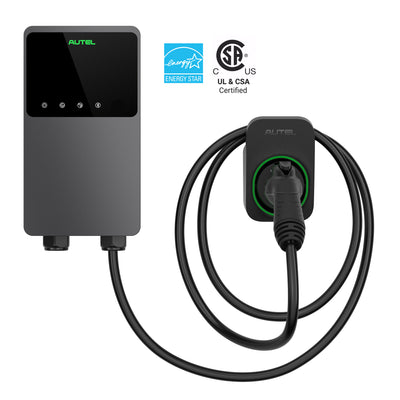As Home Charging Takes a Breath, Multi-Family Takes the Wheel
Multi-Family Charging Surges as Key Driver of EV Adoption
As the electric vehicle (EV) charging market continues to evolve, new data from the Q1 2025 Ohm Analytics EV Charging Market Report reveals a powerful trend: multi-family housing is now a primary force accelerating EV adoption across the U.S.
While single-family residential charging has entered a plateau, influenced in part by mixed signals from the broader real estate market and ongoing uncertainty around EV incentives, multi-family applications represent a cost-effective, scalable, and accessible model for delivering residential charging infrastructure.

Multi-Family: From Underserved to Undeniable
In Q1 2025, multi-family L2 charging installations grew 109% year-over-year, outpacing every other segment of the commercial charging market. Multi-family and fleet projects combined accounted for 71% of all commercial L2 ports installed, underscoring the sector’s central role in expanding EV access.
Compared to public charging, multi-family now represents an equal share of the total installed base, a milestone that reflects both strong tenant demand and the growing availability of incentive programs tailored to apartments and condos.
This shift marks a pivotal moment: consumers evaluating whether to switch to electric are actively selecting their next multi-family community based on the availability of EV charging solutions that provide a premium experience.
Why Multi-Family Charging Builds Consumer Confidence
For many drivers—especially renters and residents of urban areas—reliable access to charging at home is a prerequisite to buying an EV. In that context, multi-family charging does more than fill a gap. It builds confidence.
A major driver behind this transformation has been CALSTART, whose sustained advocacy and implementation of market-enabling programs has helped unlock both funding and momentum. Through their work on programs like Communities in Charge, CALSTART has created clear pathways for multi-family site hosts to access rebates, technical assistance, and policy support—helping turn complex projects into attainable real-world deployments.
More broadly, utility and state programs across the country are stepping up with support for larger-scale, future-focused installations. Developers are embracing flexible models: some build out full capacity now, while others scale installations over time as utilization grows. This adaptability is creating long-term infrastructure that evolves alongside resident needs.

Autel Energy: Powering the Shift
Amid this growth, Autel Energy has emerged as a key enabler of the multi-family transition. With a strong and growing presence in L2 charging, Autel is now a leading hardware provider serving multi-family installations—especially in markets with active utility programs and building code changes favoring EV readiness.
Installers continue to choose Autel for its blend of reliability, cost efficiency, and open network compatibility—key factors in multi-tenant deployments that require long-term performance and flexibility.
A Diverse Software Landscape is Good for Customers
Unlike legacy public charging, where a few networks historically dominated, the multi-family segment is characterized by a highly diversified ecosystem of impressive providers and platforms. This fragmentation creates both complexity and opportunity: property managers and owners are free to choose solutions that best fit their needs, while open standards (like OCPP) make it easier to switch providers or upgrade systems over time.
In this environment, Autel’s interoperability and focus on long-term value stand out—giving customers confidence that their investment in EV charging today will serve them well into the future.
Final Thoughts
As EV adoption expands beyond early adopters and into the mainstream, multi-family charging is poised to be defining this new “tipping point” of residential EV infrastructure. It’s not just a convenience—it’s a signal of market maturity.
For charging providers, property developers, and policymakers alike, the takeaway is clear: accelerating EV adoption means meeting drivers where they are, literally. With the help of influential programs from organizations like CALSTART—and through the innovation of trusted solutions like Autel—this vision is already becoming reality.





